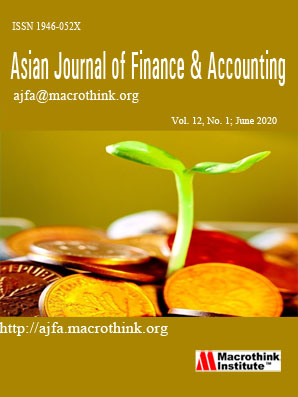Zodiac Calendar and Market Returns
Abstract
Throughout history, Chinese zodiac astrology has significantly influenced the way people in that area think, feel, or make daily decisions. In the zodiac calendar, each year is marked by one of twelve symbolic animals and each animal is associated with its own specific traits. Previous literature suggests investors’ mood, attitude, and behavior are influenced by natural events such as cloudy or sunny weather, or lunar cycles. Cultural events such as holidays or religious feasts are also shown to have impact on investing decisions. In this paper we study the stock market returns in different lunar years in the zodiac calendar. We find that Hang Seng’s mean returns are higher in Rat years and both mean and median returns are lower in Snake years. These results are statistically significant despite a small sample size. For S&P 500, only Snake and Rooster years show lower, statistically significant, holding period return. Results are inconclusive for other animal-years or other categorizations in the zodiac astrology.
Submission of an article implies that the work described has not been published previously (except in the form of an abstract or as part of a published lecture or academic thesis), that it is not under consideration for publication elsewhere, that its publication is approved by all authors and tacitly or explicitly by the responsible authorities where the work was carried out, and that, if accepted, will not be published elsewhere in the same form, in English or in any other language, without the written consent of the Publisher. The Editors reserve the right to edit or otherwise alter all contributions, but authors will receive proofs for approval before publication.
Copyrights for articles published in MTI journals are retained by the authors, with first publication rights granted to the journal. The journal/publisher is not responsible for subsequent uses of the work. It is the author's responsibility to bring an infringement action if so desired by the author.








